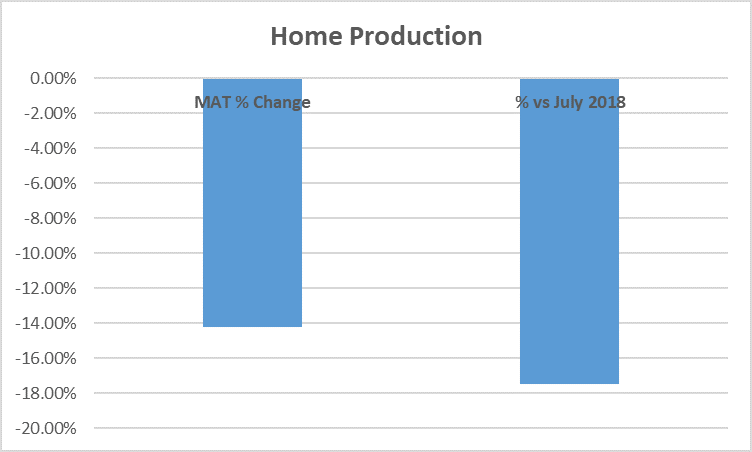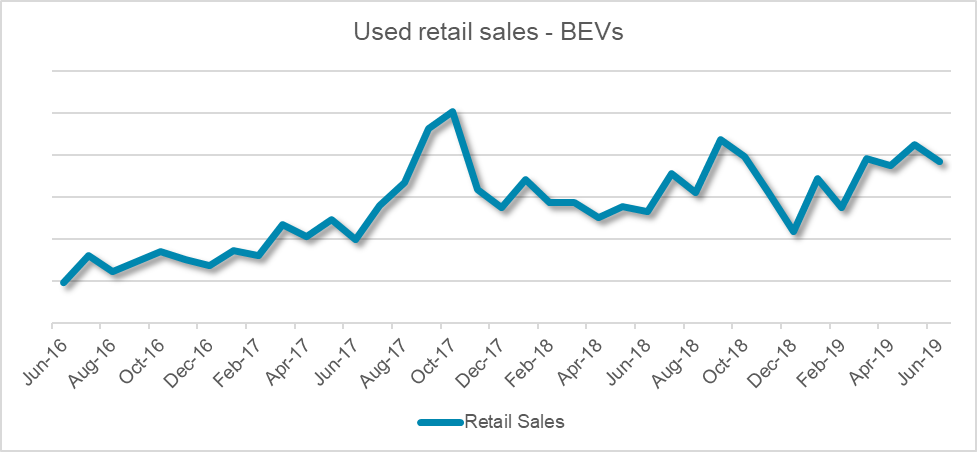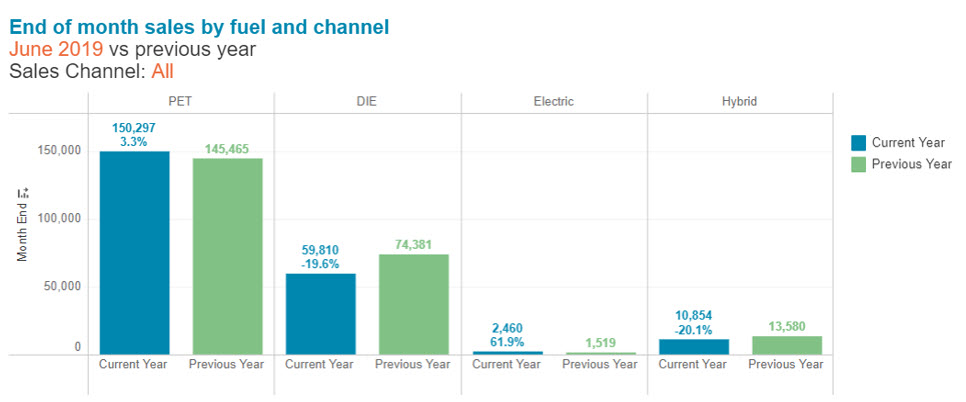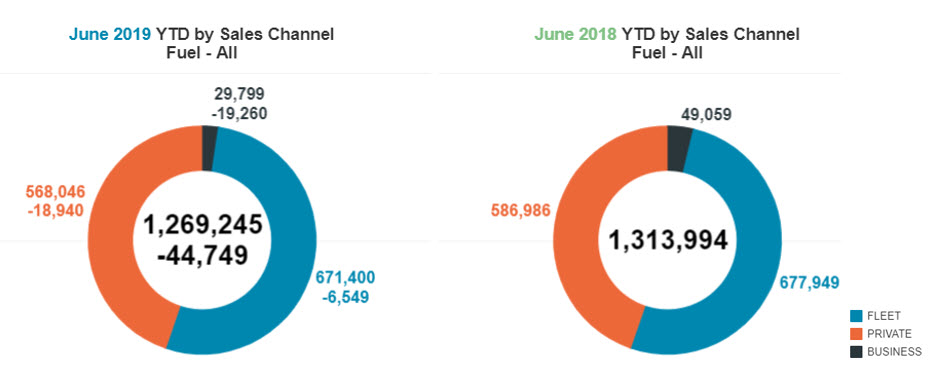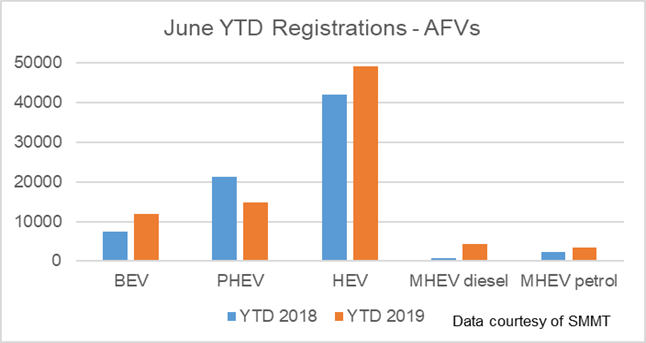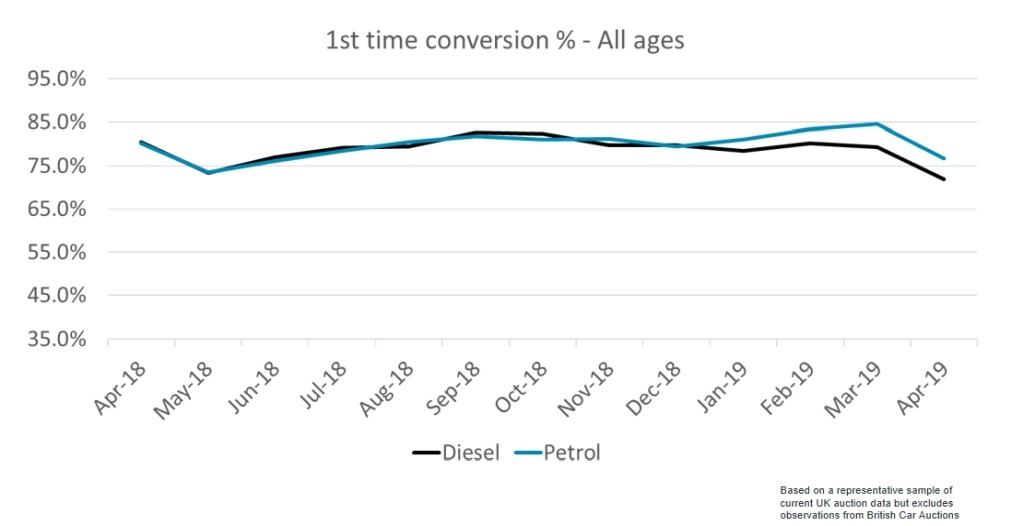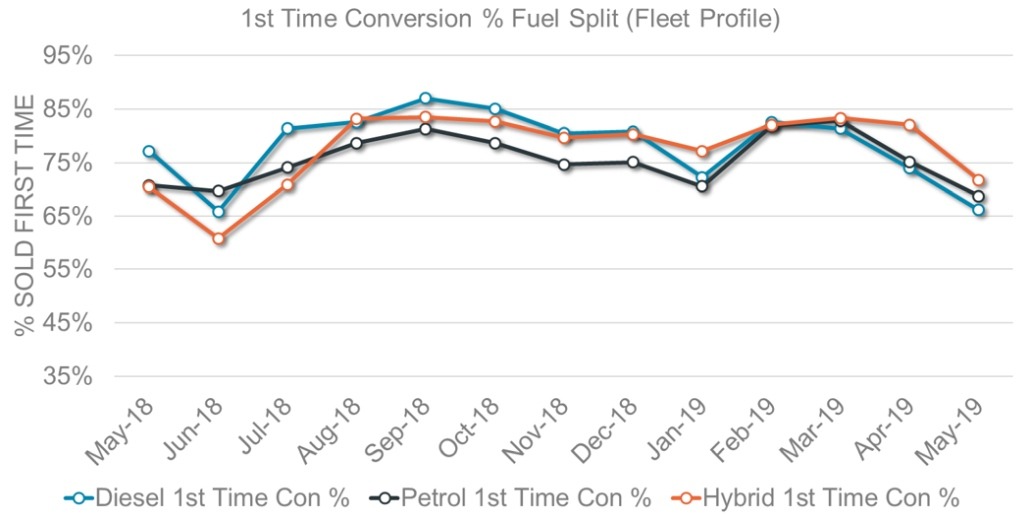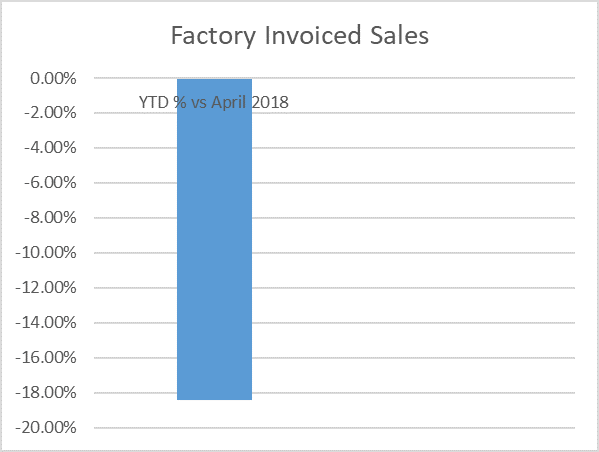For those wanting reliability and economy
The Renault Trafic Business+ SL29dCi Energy 120PS van has been named as Glass’s Used Van Hero for October.
Each month, Glass’s Commercial Vehicle editors hold a meeting to name the current Used Van Hero in the UK market – the model they believe offers versatility, economy and outstanding value for money.
Andy Picton, Chief Commercial Vehicle Editor: “Strong economical engines, three trim levels and a good size payload area are attractive qualities that keep the Trafic on most buyers shortlist”.
Andy added, “In an age of ‘duty of care’ and ‘health and safety’, more businesses are purchasing higher trim models. The enhanced working environment is a boon for the driver, whilst higher residual values create greater demand in the wholesale market”.
WHY?
In the UK, the Trafic launched in 1981 and has always had a good following. Built in France, this month’s used van hero was available from Renault dealers between 2014 and 2019. Available at launch with a 1.6-litre Euro 5 diesel engine with four power outputs generating 90bhp, 115bhp, 120bhp or 140bhp. Two body lengths, two roof heights and three standard trim levels in van, crew van and 9-seat minibus body styles. A platform cab is also available for aftermarket conversions, giving an all-round and comprehensive offering. Engine upgrades to meet Euro 6 emissions launched late in 2016 with small changes to power output.
WHEN WAS IT ON SALE?
Now in its fourth incarnation the first generation Trafic launched in 1981 as a replacement to the Renault Estafette. The second-generation X83 model launched in 2001 and was a joint venture with sister products the Vauxhall Vivaro and Nissan Primastar. The third generation X82 model launched in 2014 and added the Fiat Talento to the partnership with Vauxhall moving away in November 2018 as the brand joined Groupe PSA.
The Business+ trim level was introduced in 2014 and added useful extras such as air conditioning, rear parking sensors, under seat storage for the passenger bench, body coloured front bumper, load-through flap to bulkhead, fold-down middle seat for a mobile office and wide view blind-spot mirror to the standard Business specification.
WHAT’S GOOD?
This is a fresh looking medium sized panel van offering a variety of body styles and power outputs, including fuel-efficient twin turbo engines. Popular with SMEs as well as fleets, the Trafic comes with a 4-year/100,000 warranty, 4-year roadside assistance package from new and benefits from a timing chain that requires no servicing work.
The cabin is comfortable and well laid out, with the driver benefitting from an adjustable driver’s seat. There is a robust quality about the fixtures and fittings, with plenty of storage. Standard security features include deadlocks and immobiliser.
Frugal diesel engines, good handling, a spacious load area and the large Pro+ dealer network continue to help Renault to establish the Trafic as a popular new and used van.
WHAT’S BAD?
Check for cracked exhaust gas recirculation (EGR) valves, ineffective parking brakes and faulty bonnet catches. The Trafic continues to lag behind the competition with regards safety features. There is no automatic gearbox available for this model, this option was introduced with the fourth generation model.
IDEAL BUY?
Renault Trafic Business+ SL29dCi Energy 120PS on a 16/16 plate with 66k miles on the clock.
Glass Retail £8,975
Glass Trade £6,850

 Close
Close

